Researchers Unearth an Ancient Structure and Painted Wall That Give New Clues into the Maya Civilization
Beneath a Mayan ball court in Mexico, archaeologists have discovered a hidden structure with painted walls. This structure has not seen the light of day in nearly 2,000 years.
The structure, which dates back to the Early Classic period of the Mayan civilization, could offer insight into Southern American life before the Spanish conquest.
The Team Behind the Study
A team of researchers from the Institute of Anthropological and Spatial Studies used advanced aerial laser scanning techniques to discover the hidden structure beneath the previously uncovered ancient ball court in Campeche, Mexico.

Source: Wikimedia
The exploration focused on a nearly 140 square kilometer patch of land in the Balam Ku Biosphere Reserve.
The History of the Mayan Classic Period
The study found that the structure dates back to between 200 and 600 AD, which is the early Classic period of the Mayan civilization. During the golden age of the Maya Empire, excavations revealed that people constructed plazas, palaces, temples, and pyramids.
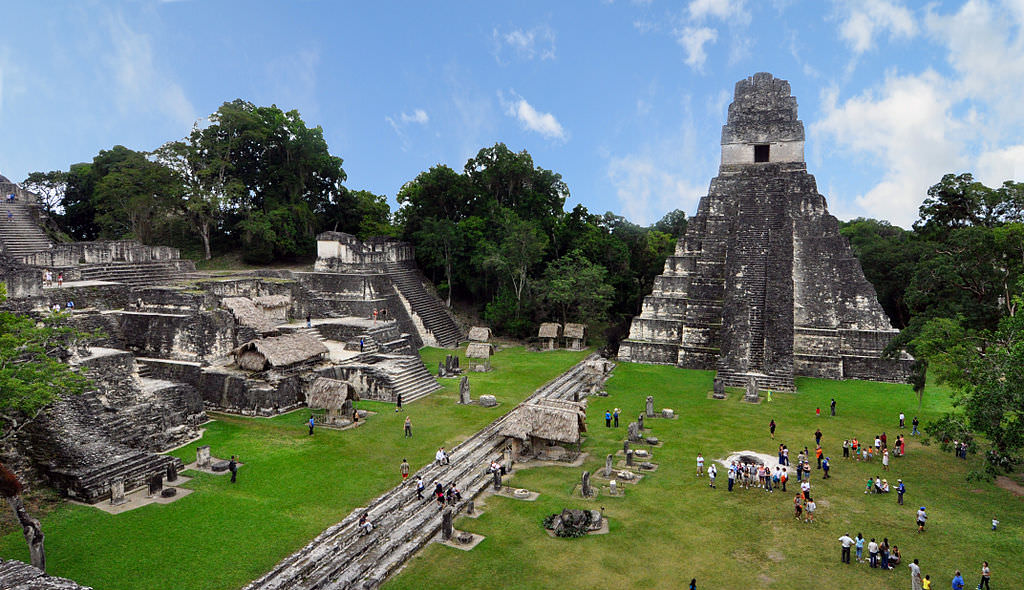
Source: World History Encyclopedic
While the Classic period ended, the structures and some of the ceremonies and rituals that were vital to the Maya culture survived. Some are still being uncovered.
Finding the Wall
While the discovery of the building’s painted walls is groundbreaking, the team says that more excavations will be necessary.
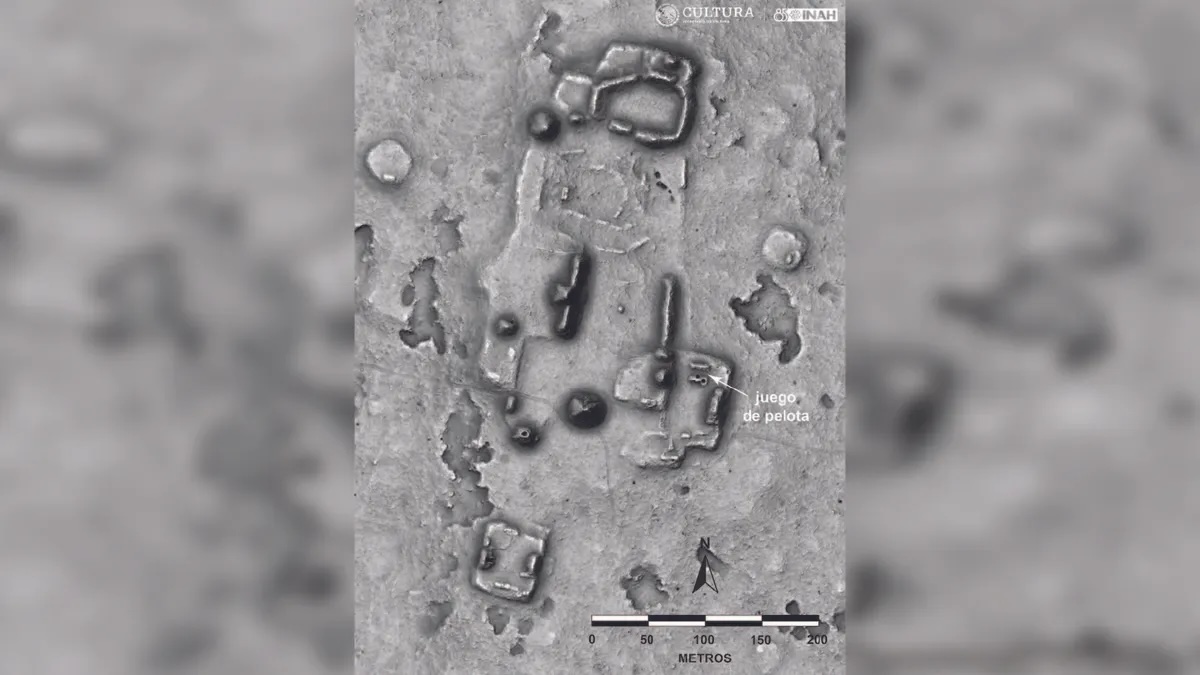
Source: Visualization of the Žiga Koka LiDAR data
“We located parts of an earlier building that had painted walls. But only further excavations may reveal the shape of that underlying building and what its function was,” archaeologist Ivan Šprajc from the Institute of Anthropological and Spatial Studies told LiveScience.
The Purpose of the Structures
However, the painted structures reveal something about the Mayan culture that may have previously been unknown.
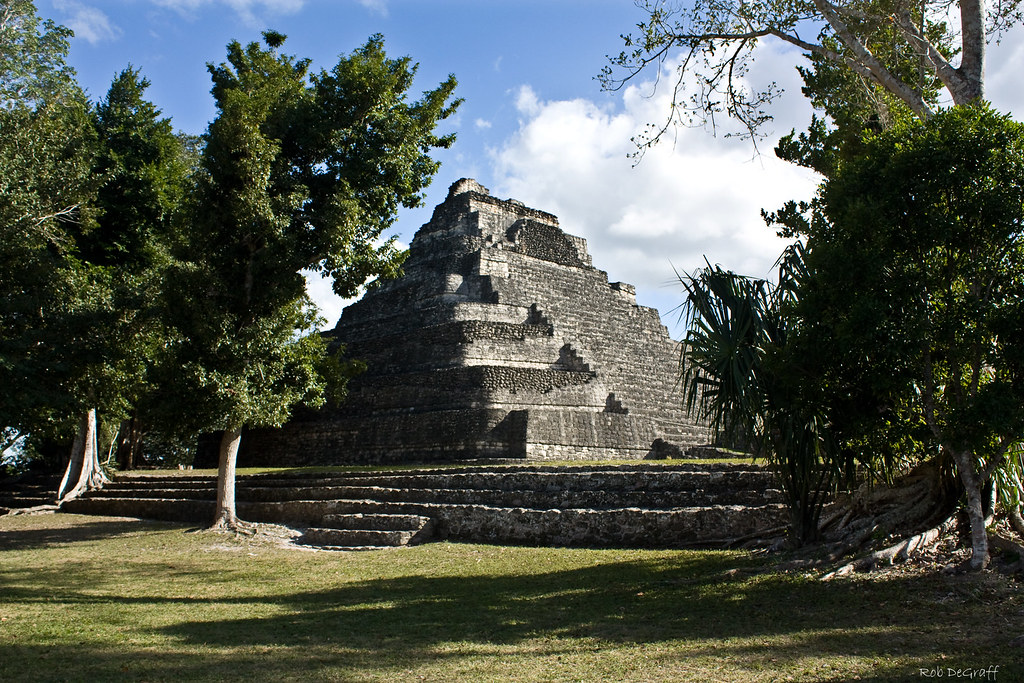
Source: Rob DeGraff/Flickr
The researchers suspect that the structure was important because major Mayan sites typically feature ball courts, which serve as centers of regional political organizations.
The Power of the Mayan Ballgame
The ancient Maya ballgame was part of Maya political, religious, and social life. The game, which is a mixture of modern-day soccer and basketball, was a focal part of Maya cities and symbolized the city’s wealth and power.
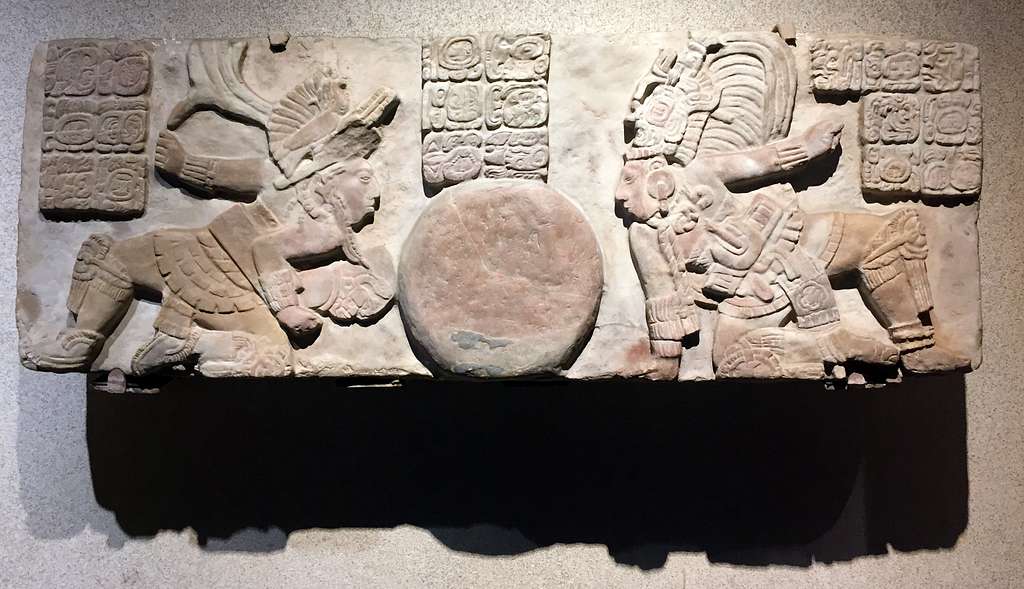
Source: National Museum of Anthropology/Picryl
The game provided an alternative for neighboring cities to settle disputes without resorting to war.
Exploring the Unexplored
“The inevitable impression is that the Mayan culture of this region that we have just explored, was noticeably less elaborate than in the Petén, to the south, and the regions of the Chenes and Chactún, to the north and east,” the team said.
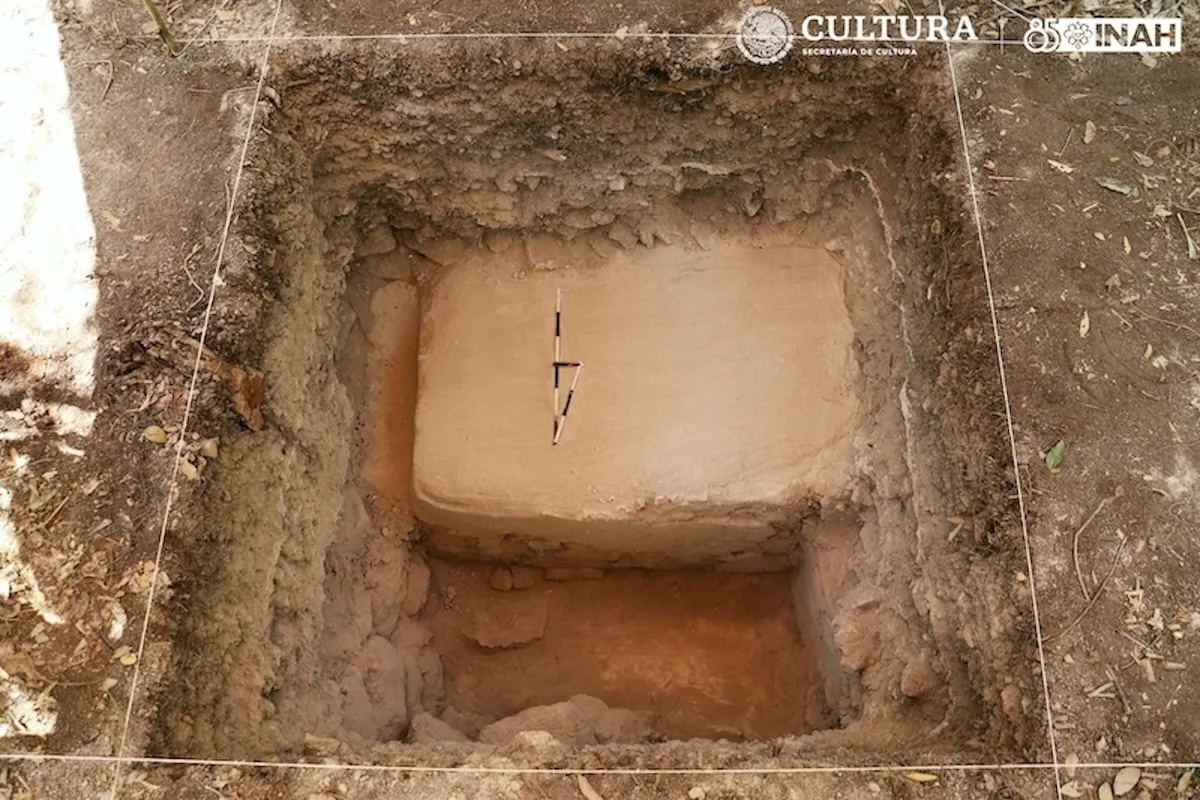
Source: Octavio Esparza Olguín
Despite the location being less elaborate, the city might have been one of the smaller cities in the Mayan culture that still played an important role in the civilization.
Dating the Painted Wall
A translated statement from Mexico’s National Institute of Anthropology and History says the structure could date back to the Early Classic period (200 to 600 AD) and is covered in a layer of painted stucco.

Source: Freepik
This period is largely defined by the Maya raising sculpted monuments with Long Count dates.
Uncovering History
The ancient site may have seen its highest occupation during the Late Classic and Terminal periods. During this period, the city saw a late migration and more favorable regions saw population growth in the neighboring cities.
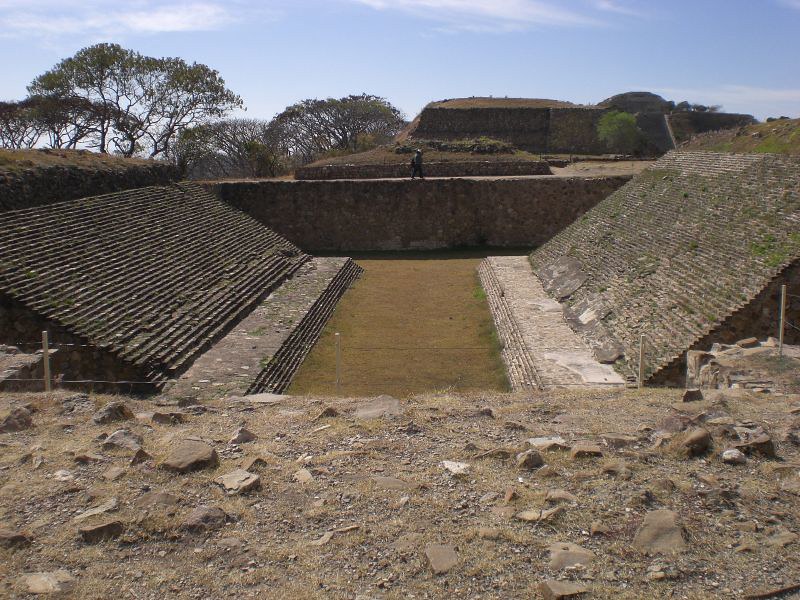
Source: SanGatiche/Flickr
At another nearby site, archaeologists uncovered an ancient 15-meter-high pyramid and a water reservoir.
Another Discovery
In addition to the team discovering the settlement, they also discovered another site that includes a plaza, a 52-foot-high pyramid, and a water reservoir.
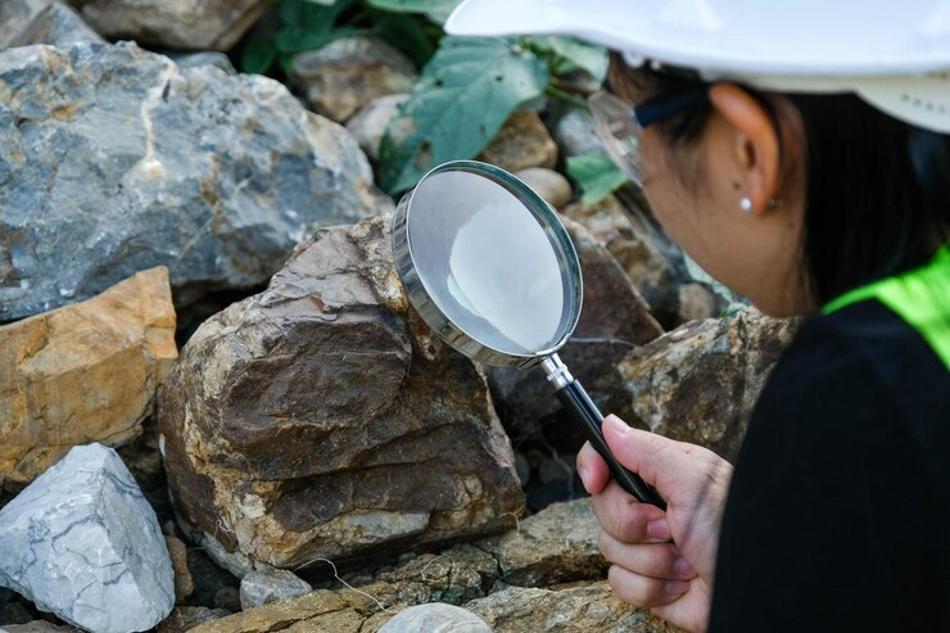
Source: Freepik
On top of the pyramid, the archaeologists found some offerings: ceramic vessels; a ceramic animal leg, possibly of an armadillo; and a chert knife or spear point.
Finding More With Lidar
Previously, Šprajc and his colleagues surveyed a large area of the Maya Lowlands in the Mexican state of Campeche with lidar.
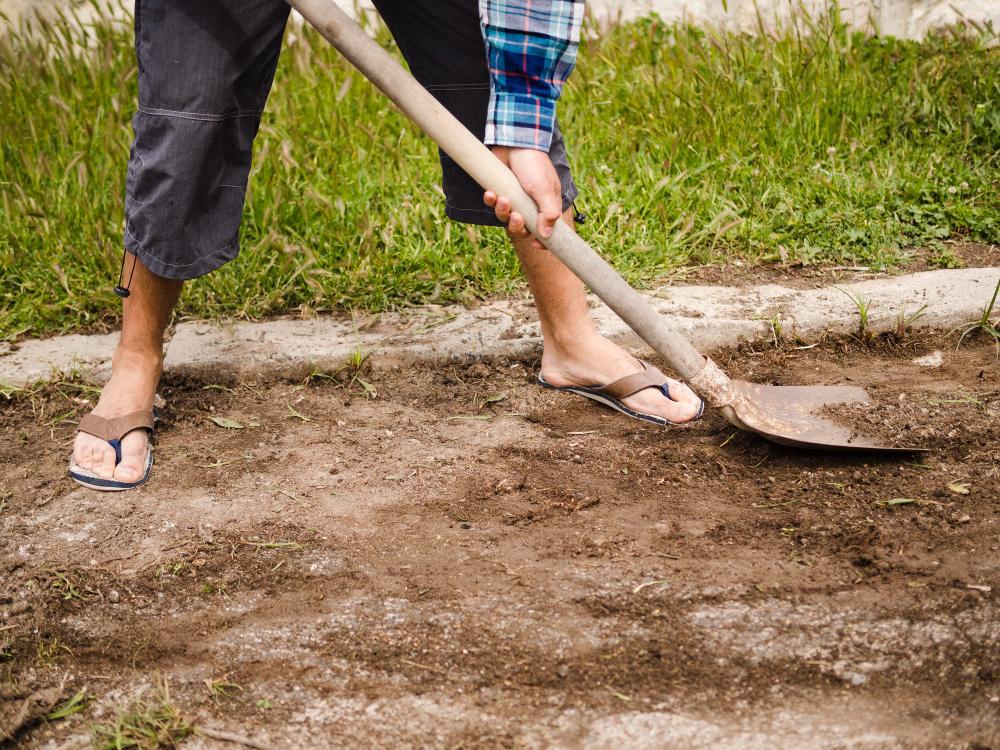
Source: Freepik
Lidar is a technique that shoots millions of laser pulses from an aircraft. These pulses then bounce off the ground and return to the machine in the aircraft. The data points allow researchers to map the landscape’s topography.
Discovering a Settlement
Their research led them to find several ancient Maya settlements that revealed more about how people lived in the cities.

Source: Jorge Szeto/Wikimedia Commons
“We have found several ancient Maya settlements, with remains of residential buildings and temple pyramids,” Šprajc said. In 2023, the team found Ocomtún, a lost Maya city that has several large pyramids from the Maya Classic period (circa A.D. 200 to 900).
